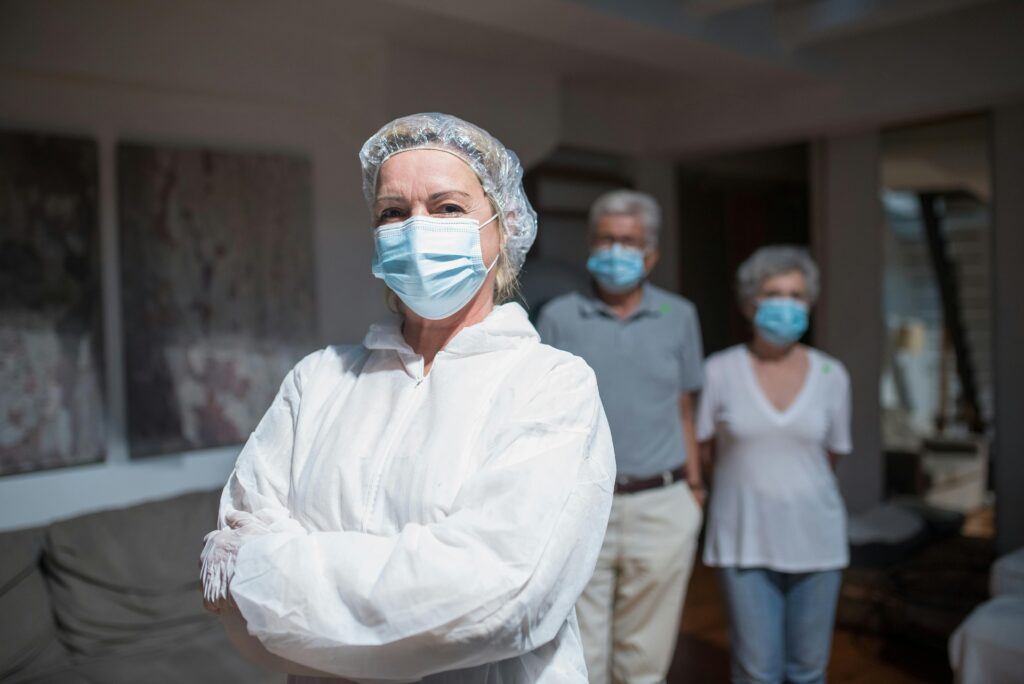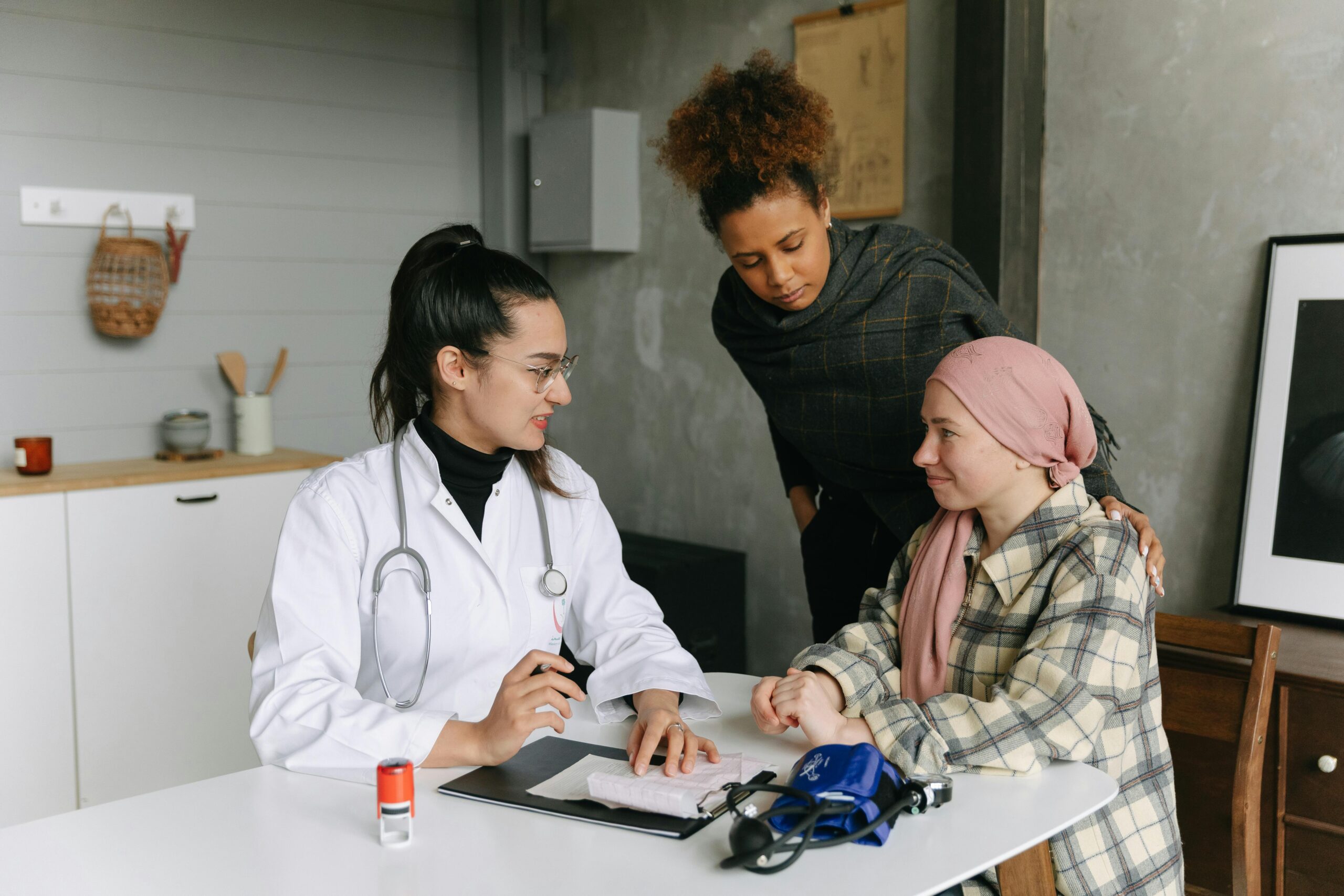Language proficiency is a key determinant of health equity. In the United States alone, some 26 million people—about 8 percent of those age five and older—have limited English proficiency (LEP), meaning they speak English “less than very well.” Navigating a complex healthcare system without clear communication can lead to delayed care, misunderstandings, and poorer outcomes.
In Dickinson, North Dakota, the nonprofit Women Empowering Women (WEW) recently secured a $15,000 CommonSpirit Community Health Improvement Grant to expand its lay health ambassador program. These ambassadors—bilingual community members trained in basic healthcare navigation—help bridge linguistic and cultural gaps for new Americans, ensuring vital information about maternal health, heart disease prevention, and mental wellness reaches those who need it most.

The Scope and Stakes of Language Barriers
- Population Affected: An estimated 25.7 million U.S. residents have LEP, spanning dozens of languages and dialects. Nearly 19 percent of Medicaid/CHIP enrollees are LEP, underscoring disparities in publicly funded care.
- Health Outcomes: LEP patients are less likely to have a usual source of care (77 percent vs. 84 percent for English‑proficient peers), less likely to see a provider annually (74 percent vs. 80 percent), and nearly twice as likely to report fair or poor health (28 percent vs. 14 percent).
- Safety Risks: Without professional interpretation, LEP inpatients face longer hospital stays and higher rates of surgical infections, falls, and pressure ulcers.
Community-Based Solutions: Lay Health Ambassadors
Women Empowering Women’s Model:
- Bilingual Outreach: Three ambassadors (Monica Soto, Jana Jenkins, Alondra Lopez) provide services in six languages, helping families attend “Tummy Time” playgroups and the upcoming ROSE perinatal mental health program.
- Trusted Messengers: As neighbors and friends, lay ambassadors build rapport, clarify medical instructions, and link individuals to interpreters and translated materials.
- Sustainable Engagement: Funding requirements mandate at least nine months of sustained activity, ensuring programs like WEW’s have time to demonstrate impact and secure future grants.
Community health worker (CHW) programs across the country—from urban immigrant clinics in California to rural outreach in Appalachia—employ similar models, showing improved appointment adherence and patient satisfaction when CHWs share linguistic and cultural backgrounds with clients.
Professional Interpretation and Technological Innovations
While lay ambassadors excel at community trust, complex clinical encounters demand professional interpretation:
- On‑Site and Remote Interpretation: Hospitals increasingly leverage video remote interpreting (VRI) and telephonic services to cover dozens of languages on demand, mitigating the shortage of in‑person interpreters, especially in rural areas.
- AI‑Enhanced Translation: Emerging tools use machine learning to provide real‑time subtitles and document translation, though human oversight remains essential to catch nuances and medical terminology.
Policy and Standards
- Title VI of the Civil Rights Act and Section 1557 of the ACA require that any federally funded healthcare provider offer meaningful language access, including tagline requirements and translation of vital documents.
- The National CLAS Standards (Culturally and Linguistically Appropriate Services) outline best practices—from staff training to community engagement—to ensure equitable care for LEP patients.
Building a Culturally Competent System
Effective language services must be embedded within a broader commitment to cultural competence:
- Provider Training: Workshops on cross‑cultural communication and use of interpreters improve provider confidence and patient rapport.
- Translated Materials: Patient education brochures, consent forms, and appointment reminders should be available in the most common LEP languages locally (e.g., Spanish, Mandarin, Arabic).

Looking Ahead: Scaling and Sustainability
To address the ongoing demand:
- Diversify Funding: Beyond grants like WEW’s, partnerships with local health systems and philanthropic organizations can support CHW stipends and interpreter services.
- Data‑Driven Deployment: Using census and hospital data to map LEP “hot spots” ensures resources target the highest-need areas.
- Technology Integration: EHR systems triggering interpreter requests and mobile apps with push‑button access to VRI can streamline workflows.
Frequently Asked Questions
Q: What qualifies someone as having limited English proficiency (LEP)?
A person who reports speaking English “less than very well” is classified as LEP, representing about 8 percent of the U.S. population age 5+.
Q: How do language barriers affect patient safety?
LEP patients face longer hospital stays and higher risks of surgical infections, falls, and pressure ulcers when professional interpreters are not used.
Q: What roles do lay health ambassadors play?
They act as bilingual community liaisons who provide culturally relevant health education, help schedule appointments, explain instructions, and connect clients to formal interpreter services in clinical settings.
Q: Are remote interpretation services reliable?
Video and telephonic interpretation have expanded access, especially in rural or low‑volume languages. While convenient, they require good connectivity and should be supported by trained on‑site staff.
Q: What legal requirements govern language access?
Title VI prohibits discrimination by federally funded entities; Section 1557 of the ACA mandates translation of vital documents and oral interpretation. Failure to comply can jeopardize funding.
Q: How can technology improve language access?
AI‑driven translation tools and integrated EHR prompts can automate interpreter requests and provide on‑the‑fly document translation, though human review remains critical.
Q: What is the National CLAS Standards framework?
A set of guidelines from HHS covering governance, workforce, communication, and engagement to ensure health equity for diverse populations, including LEP patients.
Q: How can communities support endangered and less‑common languages?
By training bilingual CHWs, funding interpreter apprenticeships, and documenting oral health traditions in tribal and refugee languages, communities preserve linguistic diversity in healthcare.
Q: What future trends are emerging?
Greater adoption of immersive translation apps, expanded telehealth interpretation, and data-driven targeting of LEP “hot spots” promise to make language services more efficient and equitable.
Q: How can I get involved?
Contact local nonprofits like Women Empowering Women, your state health department’s Office of Minority Health, or the National Council on Interpreting in Health Care for volunteer or training opportunities.

Language access is not a luxury—it’s a lifeline. By combining community‑driven programs like lay health ambassadors, robust interpretation services, and technology innovations, healthcare systems can ensure that every patient, regardless of their native tongue, receives safe, respectful, and effective care.
Sources The Dickinson Press


